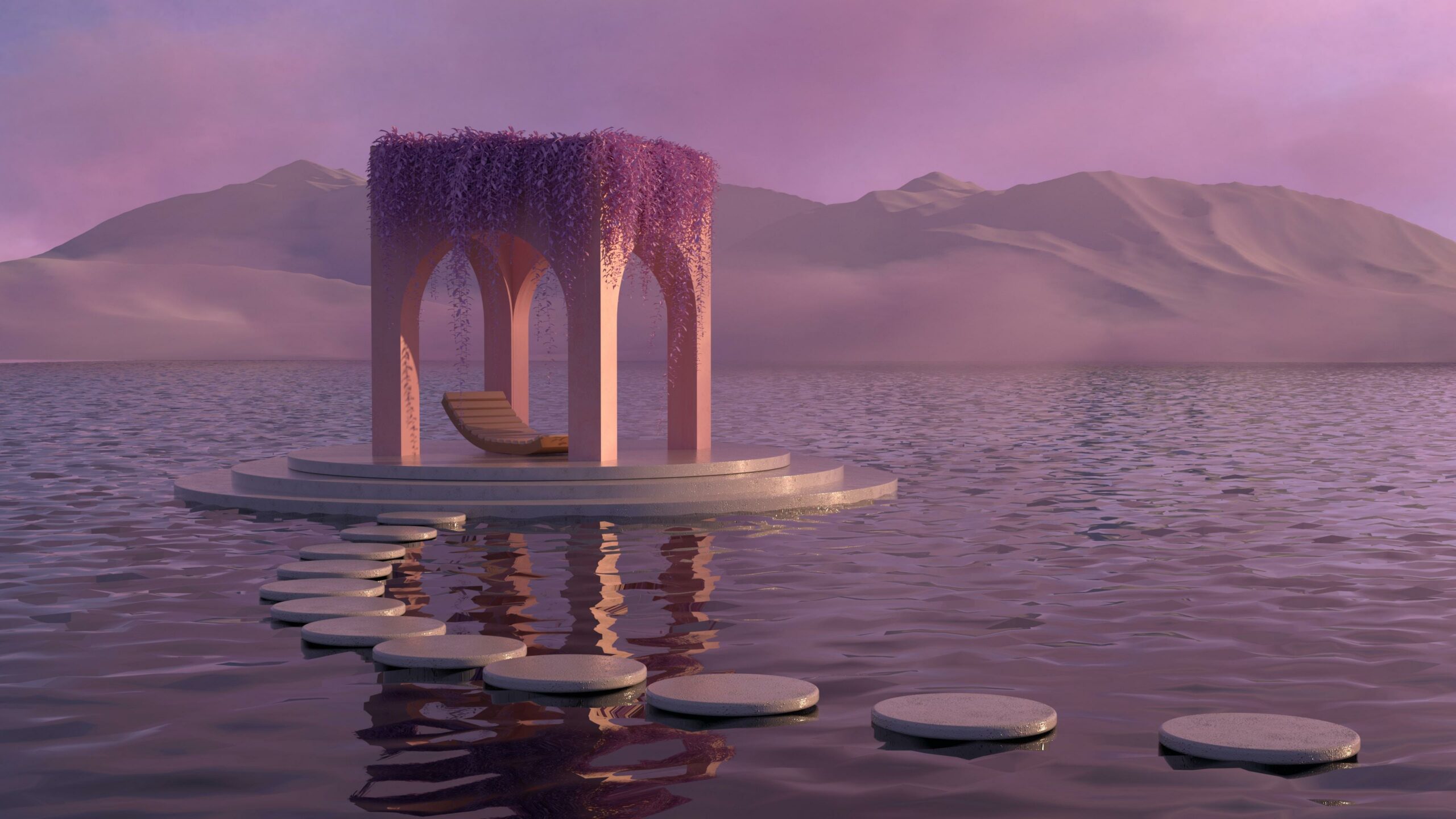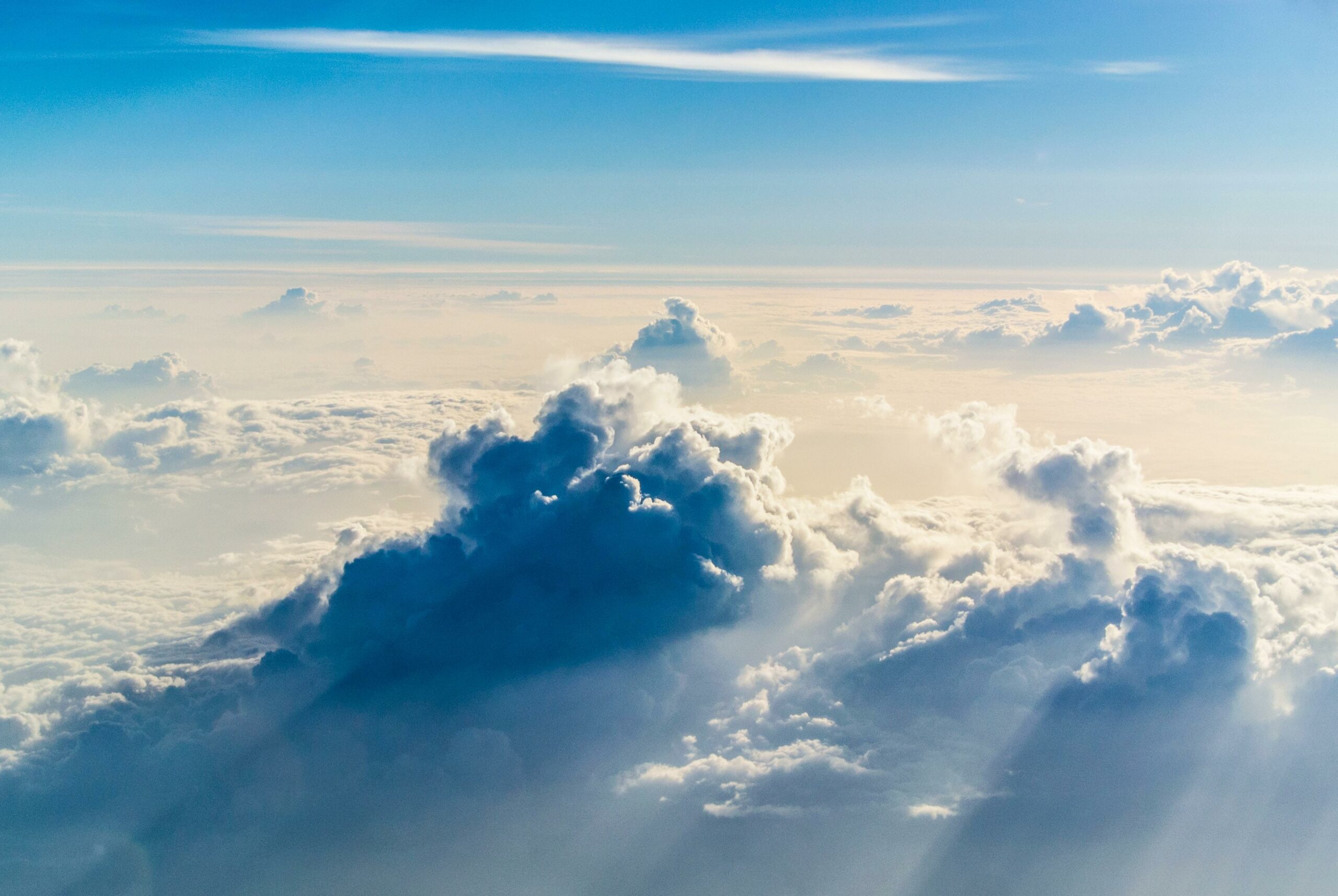Welcome to a fascinating journey into the world of 2D animation, where imagination and creativity blend seamlessly on screen! In this article, we will delve into the mesmerizing realm of hand-drawn animations and unveil some captivating facts about the art form. From its rich history to the intricate techniques that bring characters to life, join me as we explore the enduring relevance and visual delight of 2D animation. Prepare to be enthralled by the magic behind every frame and discover the secrets that make this art form a true marvel. Let’s dive in and uncover the mesmerizing facts about 2D animation!

Facts About 2D Animation
Let’s delve into the world of 2D animation and uncover some fascinating facts! In the realm of visual storytelling, 2D animation holds a special place, captivating audiences with its hand-drawn charm and timeless appeal. Whether you are an animation enthusiast or simply curious about this art form, here are some key facts to pique your interest.
2D Animation: A Journey into a Two-Dimensional World
Unlike its three-dimensional counterpart, 2D animation brings characters and environments to life in a flat, two-dimensional space. By combining images of different widths and heights, animators create the illusion of movement. This technique has been employed for decades, with classic examples like Disney’s “Snow White and the Seven Dwarfs” and “The Little Mermaid” showcasing the beauty and magic that hand-drawn animation can convey.
The Art of Traditional Animation
Also known as traditional animation, 2D animation is a labor-intensive process that involves meticulous attention to detail. Each frame is drawn by hand, resulting in a distinct, handcrafted aesthetic. This technique allows animators to infuse their creations with unique personality and artistry. While modern technology has introduced digital tools to streamline the process, the heart of traditional animation remains rooted in the skill of the artist’s hand.
2D vs. 3D Animation: A World of Difference
While 3D animation has gained immense popularity in recent years, 2D animation continues to hold its own. Unlike the immersive depth offered by 3D animation, 2D animation lacks the three-dimensional aspect, focusing instead on the elegance of movement and emotion. It’s like comparing a beautifully illustrated storybook to a lifelike sculpture—both have their own distinct charm and purpose. So, if you’re craving that nostalgic, hand-drawn feel, 2D animation is the way to go.
The Complex Process of 2D Animation
Creating a 2D animation begins long before the first pencil touches paper. It involves an extensive pre-production phase, which includes developing a compelling storyline, scriptwriting, character design, and storyboarding. Each element contributes to the overall narrative and ensures a seamless flow of storytelling. Once these foundations are laid, animators can begin breathing life into their characters, meticulously crafting each movement and expression.
Tools of the Trade: Digital Wizards and Drawing Tablets
While traditional animation relied heavily on physical tools like pencils, light tables, and celluloid sheets, the advent of technology has opened new doors for 2D animators. Nowadays, vector-based software and digital drawing tablets dominate the scene, offering a more efficient and flexible workflow. These digital wizards allow animators to create, manipulate, and refine their animations with ease, expanding the boundaries of artistic expression.
The Principles of Animation: Bringing 2D Art to Life
To create captivating and realistic 2D animations, animators must master the principles of animation. These principles, such as squash and stretch, anticipation, and timing, serve as the building blocks of movement and bring characters to life. From a character’s subtle facial expression to an exhilarating high-speed chase, these principles enable animators to imbue their creations with emotions, energy, and a sense of believability.
The Expanding Realm of 2D Animation
The world of 2D animation is not limited to cartoons and fairy tales. It has found its way into various fields, including film, advertising, and education. Animated films like Studio Ghibli’s “Spirited Away” and “My Neighbor Totoro” have captivated audiences worldwide, transcending age and cultural barriers. In the realm of advertising, 2D animations infuse brand messages with creativity and charm. Moreover, educational platforms benefit from the visually engaging nature of 2D animation, making complex concepts more accessible and enjoyable for learners of all ages.
In conclusion, 2D animation is an art form that continues to enthrall with its rich heritage, expressive characters, and captivating stories. Its hand-drawn charm, coupled with the power to convey emotion and movement, ensures its enduring relevance in the world of visual storytelling. So the next time you watch an enchanting 2D animation, take a moment to appreciate the intricate craftsmanship and creativity behind it—the labor of love that breathes life into each frame.
Animation is a fascinating art form that has captivated audiences for decades. From classic hand-drawn animations to cutting-edge CGI, there are endless facts about animation that will leave you awestruck. Want to dive into the world of animation and discover the secrets behind your favorite animated films? Check out our comprehensive guide on facts about animation. Click here to uncover the magic: facts about animation. So, what are you waiting for? Start exploring the captivating world of animation today!
Facts about 2D Animation
Discover the captivating world of 2D animation with these interesting facts! Did you know that 2D animation has been around since the late 1800s? It is one of the oldest forms of animation and has evolved tremendously over the years. From classic Disney films to modern animated series, 2D animation continues to captivate audiences of all ages.
If you’re curious to learn more about 2D animation facts, we have got you covered. Click here to explore some fascinating 2D animation facts and delve into the rich history of this beloved art form. Whether you are a fan of traditional hand-drawn animation or curious about the latest techniques, these facts are sure to pique your interest!
So, what are you waiting for? Dive into a world of creativity, imagination, and magic by clicking here to uncover intriguing facts about 2D animation. You’ll be amazed by the talent, dedication, and artistry that goes into bringing animated characters to life. Embark on this journey of discovery and gain a deeper appreciation for the captivating world of 2D animation.
Start exploring the world of 2D animation by clicking on the following keywords:
The Wonder of 2D Animation: A Feast for the Eyes
[youtube v=”WLXjv-IAWaQ”]
Rediscovering the Magic of 2D Animation
As a child, I was captivated by the world of animation. Although Disney was the epitome of animated films, I soon discovered that there were other studios creating equally amazing 2D animated movies. Thanks to platforms like Cartoon Theater, I was exposed to a wide range of animated films, each with its own unique style and story. This exposure helped me develop an appreciation for the intricate details and distinct qualities found in every studio’s work. From the first frame to the last, 2D animated films were truly a feast for the eyes.
Unveiling the Artistry of 2D Animation
Unlike its 3D counterpart, 2D animation breathes life into characters and environments within a two-dimensional space. The traditional process of 2D animation involves meticulous hand-drawn frames, resulting in a handcrafted and visually appealing aesthetic. Each stroke of a pencil or digital brush contributes to the overall artistry, creating a mesmerizing experience for the viewer. The attention to detail, from subtle facial expressions to intricate backgrounds, make 2D animation feel like a painting come to life.
“Each frame is a work of art in itself, meticulously crafted to portray movement, emotion, and beauty.”
The Journey of Crafting a 2D Animation
Behind the scenes, the creation of a 2D animation involves a detailed pre-production process. It begins with developing a compelling storyline that resonates with the audience. Character design plays a vital role, as the animation relies on visually engaging and relatable personalities. In the realm of 2D animation, storyboarding is a crucial step in mapping out the sequence of scenes and actions.
Over the years, technology has transformed the tools used in 2D animation. Physical brushes and pencils have been replaced by vector-based software and digital drawing tablets, offering artists new possibilities and creative freedom. Despite these advancements, animators must still master the principles of animation, including squash and stretch, anticipation, and timing. It is through their expertise that 2D art is brought to life on the screen.
The Enduring Relevance of 2D Animation
The impact of 2D animation extends far beyond the realm of entertainment. It finds application in various fields such as film, advertising, and education. The rich heritage of 2D animation, encompassing expressive characters, enchanting stories, and the ability to evoke genuine emotions, continues to captivate audiences of all ages.
“2D animation possesses a timeless charm that connects people through shared experiences and cherished memories.”
Unlocking the Magic
In conclusion, 2D animation is a wonder that enchants and amazes. Its ability to bring characters and environments to life within a two-dimensional space, combined with the artistry and attention to detail, immerses viewers in a truly captivating experience. With its enduring relevance and ability to evoke emotions, 2D animation remains an integral part of our visual culture.
“Let us embrace the magic of 2D animation and revel in the wonders it has to offer.”
FAQ
Question 1
What is the difference between 2D animation and 3D animation?
Answer 1
The main difference between 2D animation and 3D animation lies in the way the visuals are presented. In 2D animation, images are created and manipulated in a two-dimensional space, without any depth. On the other hand, 3D animation involves creating and animating objects in a three-dimensional space, giving them depth and a realistic appearance.
Question 2
How is 2D animation created?
Answer 2
The process of creating 2D animation starts with pre-production, which includes developing the storyline, scriptwriting, character design, and storyboarding. After that, the actual animation is created by combining images of different widths and heights to create motion. This can be done using software applications that offer tools for drawing, coloring, and animating the characters and backgrounds.
Question 3
What are the essential principles of animation in 2D?
Answer 3
The principles of animation play a crucial role in creating realistic and engaging 2D animations. Some of the essential principles include squash and stretch, which give the characters a sense of weight and flexibility; anticipation, which prepares the viewers for an action; and timing, which regulates the speed and rhythm of the animations. Other principles include follow-through, overlapping action, and staging, among others.
Question 4
What are the applications of 2D animation?
Answer 4
2D animation has a wide range of applications in various fields. It is commonly used in filmmaking to create animated movies, short films, and animated sequences in live-action films. Additionally, 2D animation is widely used in advertising to create commercials and promotional videos. It also has applications in the education sector, where it is used to create educational animations and interactive learning materials.
Question 5
Is the 2D animation industry growing?
Answer 5
Yes, the 2D animation industry is experiencing significant growth. With the advancements in technology and the availability of powerful software applications, more and more animators and studios are producing high-quality 2D animations. The demand for 2D animated content in films, television, video games, and online platforms is also steadily increasing, making it an exciting and thriving industry.
- China II Review: Delicious Food & Speedy Service - April 17, 2025
- Understand Virginia’s Flag: History & Debate - April 17, 2025
- Explore Long Island’s Map: Unique Regions & Insights - April 17, 2025
















